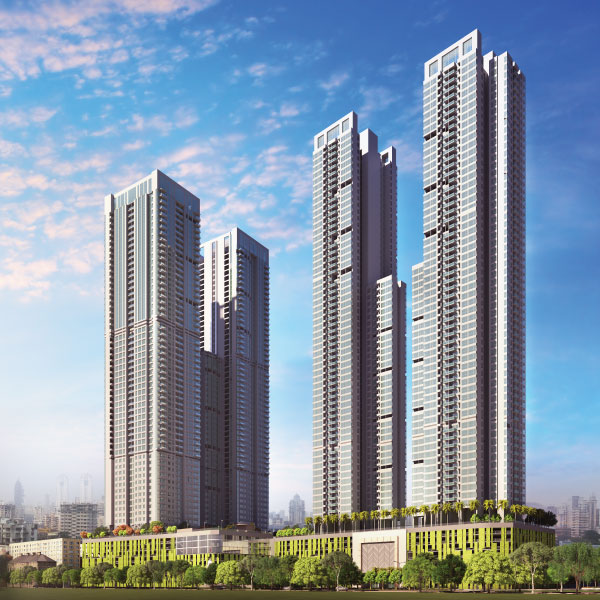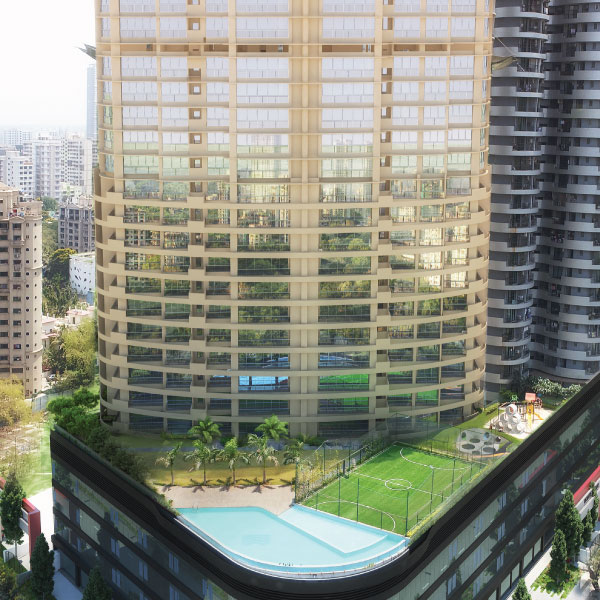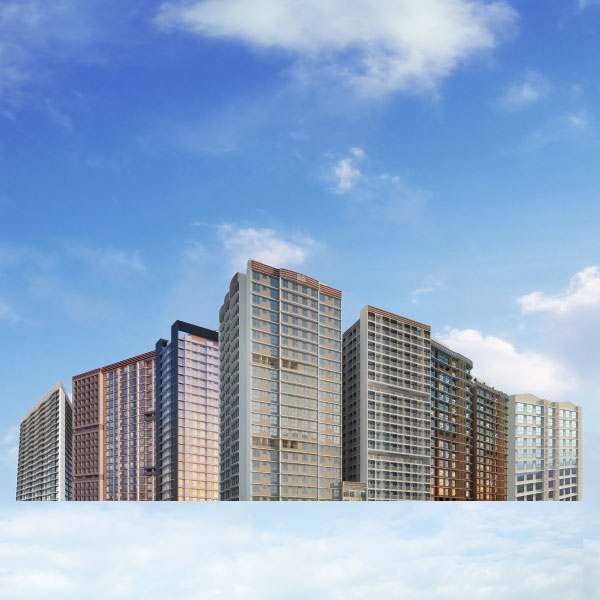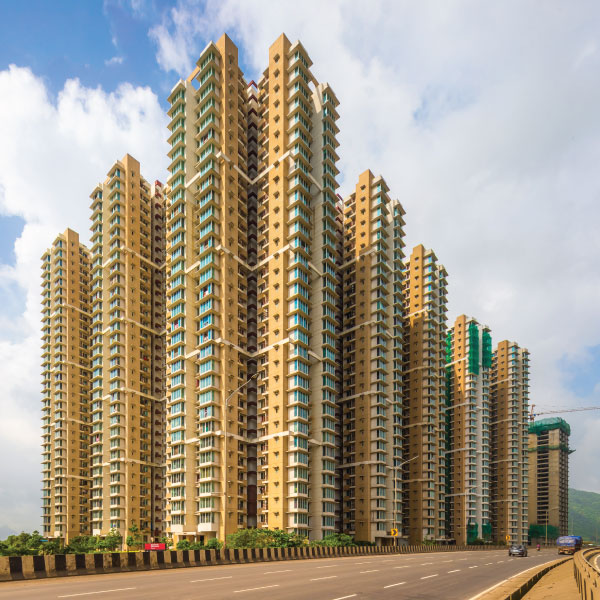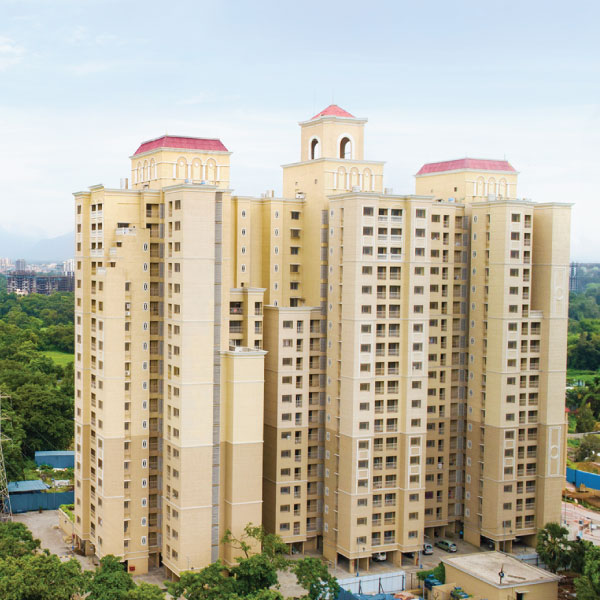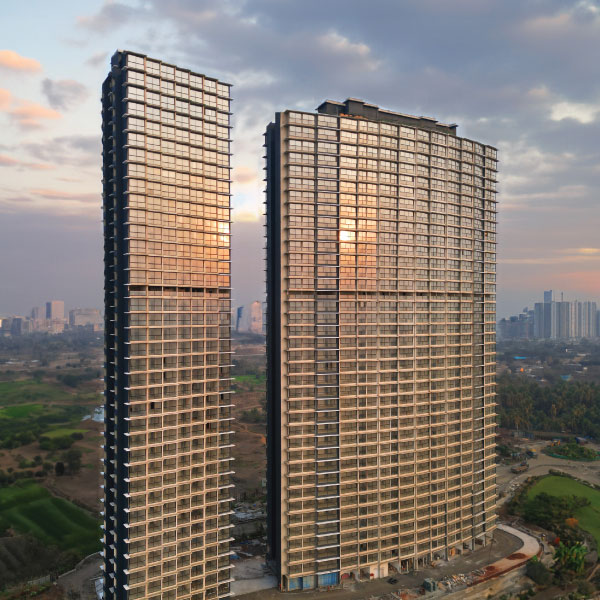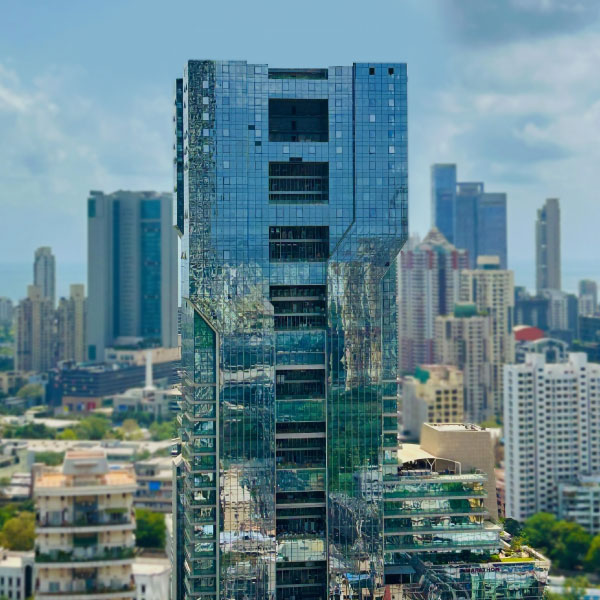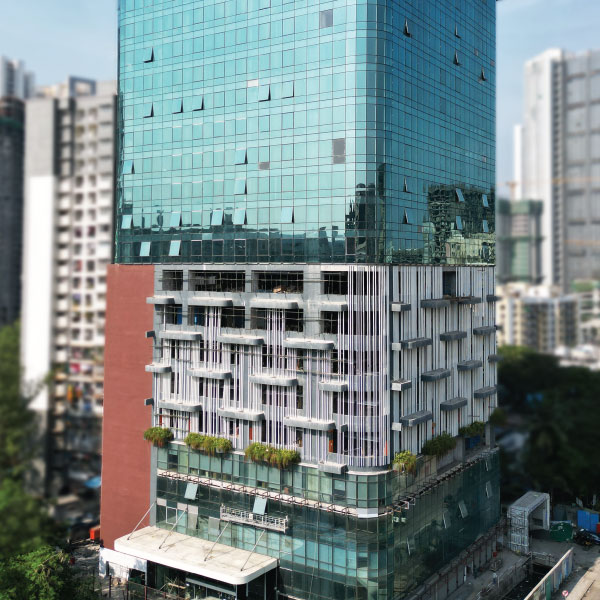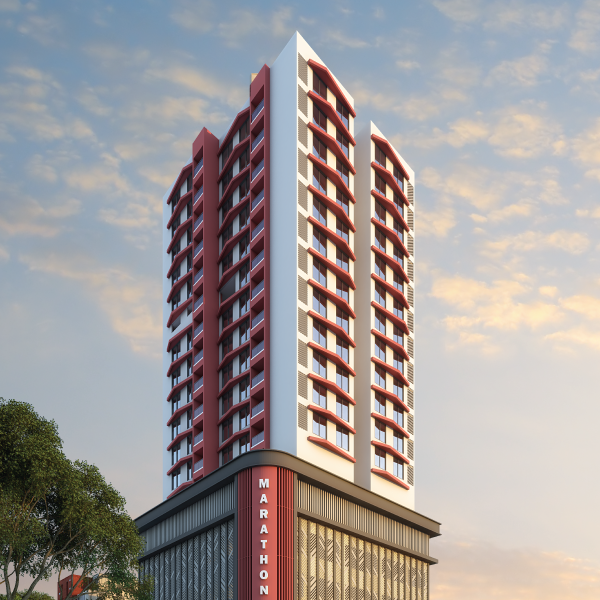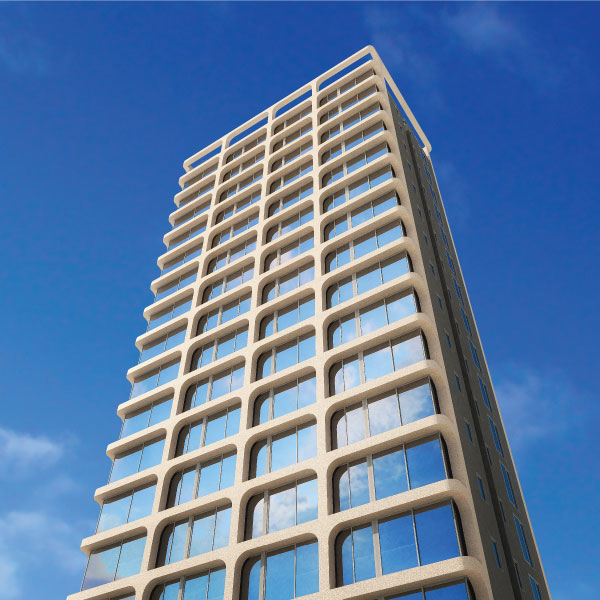The Mumbai Metro: Demystifying the city’s new lifeline
Last Updated on, November 1st, 2022
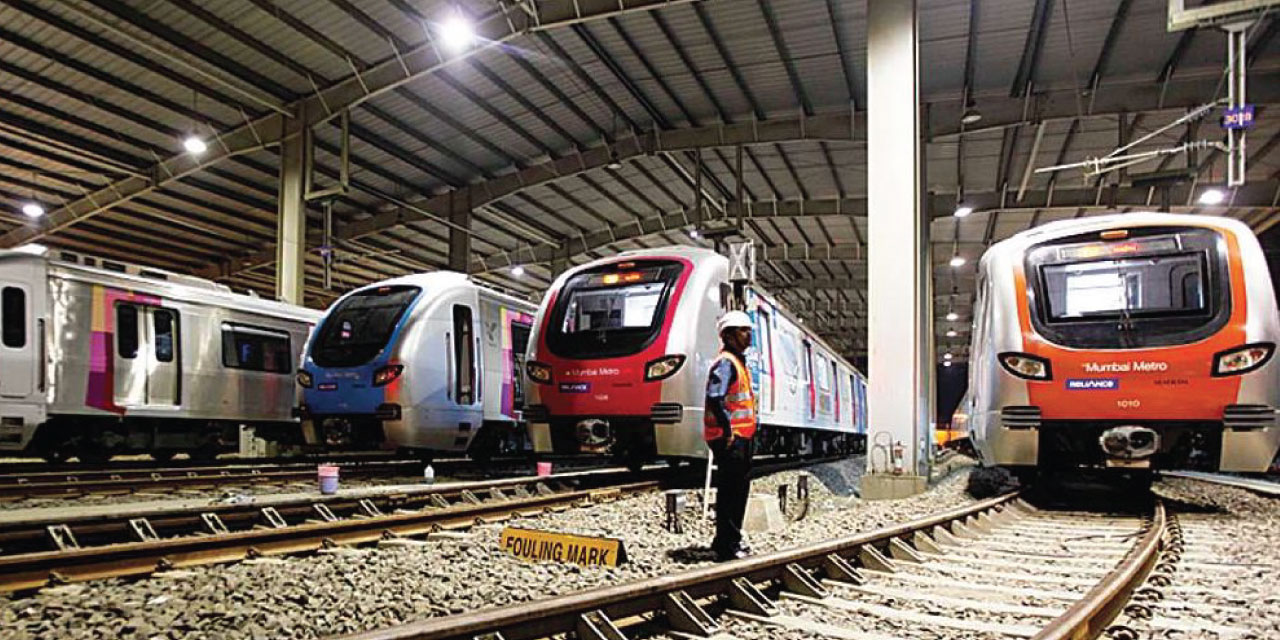
The Mass Rapid Transit system, popularly known as metro rail started off in India in 1984 with the inauguration of the Kolkata Metro. However, it was not until the early 2000’s, when the first Delhi Metro line became operational, that this system got a push in India. Even today, India only has about 500 odd kilometres of operational metro line, out of which a staggering 296km is the Delhi Metro.
Mumbai traditionally has been serviced by its ubiquitous Suburban rail system – or as we fondly call it, the local trains. The local trains have an unbelievable annual ridership of 2.64 billion. The first rail track set up in India – CST to Thane, way back in 1853, was a part of this system, and the network has only grown stronger since then. It also helped that the city has grown along the routes of the rail network. There can be no denying the fact that the local trains have paved the way for Mumbai’s expansion and are the lifeline of the city.

The operational metro line 1
The train network, however, is now bursting at its seams. There are several limitations to its expansion in this space starved city. Newer developments and suburbs no longer enjoy good connectivity and increased population means that it’s almost impossible to have a safe and comfortable commute. It was imperative that newer mass transit systems be evaluated to ensure sustained development of the city. The Mumbai metro was proposed way back in the 1960’s with serious feasibility studies starting in the late 1990’s. The latest plan covers several metro lines crisscrossing across the city with numerous interchanges for even better coverage. Here’s a brief look at the Mumbai Metro map and its various lines:
Line 1
The Ghatkopar Versova metro became operational in 2014. It connects the central suburb of Ghatkopar with the western suburb of Andheri and has some important stops like Saki Naka, Western Express Highway and the commercial hub near SEEPZ. It also provides an interchange between the central and western local lines and has a daily ridership of 4 lakh people.
Line 2A
The second line of the Mumbai Metro is split into lines 2A and 2B. Line 2A will connect D.N. Nagar (an existing station on Line 1) to the western suburb of Dahisar. The 18.5 km long line with 17 stations will be completed in 2020 and serve as an interchange for the upcoming Line 7 of the metro as well along with line 1.
Line 2B
This line will be an extension of line 2A from D.N. Nagar in Andheri West to Mandale near Chembur – a prominent north-central suburb. This 23km line will be fully elevated and will pass through the business district of BKC. It will provide interchanges at D.N. Nagar (Line 1 and 2A), BKC (Line 3), Chembur (monorail) and Eastern Express Highway (Line 4) and will be completed.
Line 3
The SEEPZ – Bandra – Churchgate corridor of the metro is slated to be a fully underground metro – the first of it’s kind in Mumbai and will be completed in 2020. This 33km long line connects several key metro and local train stations along the way. These include Marol Naka (line 1), Mahalaxmi, Mumbai Central, Grant Road and Churchgate (Western railway) and CST (Central railway).
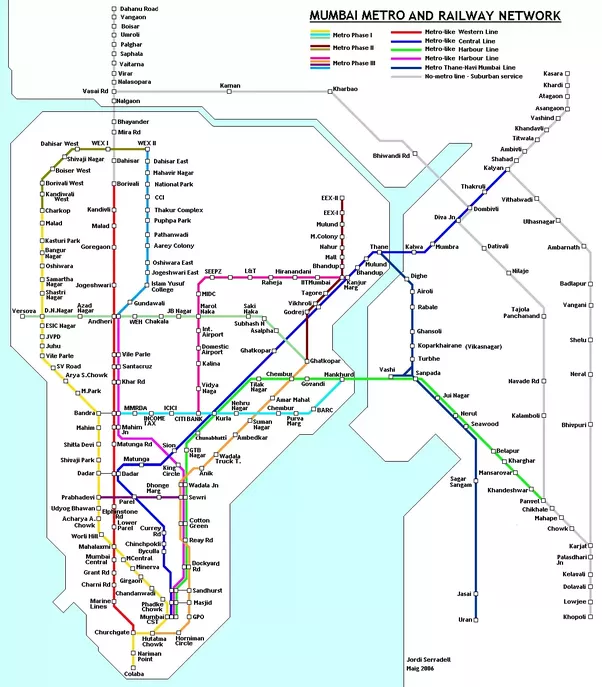
A map of the Mumbai metro
Line 4
This 32km long corridor will connect the Southern Mumbai locality of Wadala with Kasarvadavali in Thane and will pass through Ghatkopar, Vikroli, Kanjurmarg and Mulund. This line is expected to be commissioned in 2021 and will carry substantial traffic and contribute to Thane’s growing importance.
Line 5
This line is expected to run from Thane to it’s suburb of Kalyan. Still in the planning phase, the Thane – Bhiwandi- Kalyan corridor will help connect the industrial belt of Bhiwandi with Mumbai. The route has not yet finalised and alignment with the other metro routes is still being worked out.
Line 6
This line, like line 1, will connect the Western suburb of Andheri (with a station in the posh locality of Lokhandwala) with the central suburb of Vikhroli. It will have interchanges at Adarsh Nagar (line 2), JVLR (line 7), SEEPZ (line 3) and Kanjurmarg (line 4). This line is expected to be operational in 2021.
Line 7
The Andheri (E) to Dahisar (E) metro corridor runs mainly along the arterial Western Express highway. Once operational in 2020, it is expected to take a significant burden off the ever congested WEH. The metro line 7 will have interchanges at Andheri (line 1 and Western railway), JVLR (line 6) and Dahisar (line 2A). There are also proposals to extend line 7 upto Bhayander (via Mira Rd.) in the North and Terminal 2 of the CSIA at the Southern end.
The metro plan for Mumbai is fairly comprehensive and covers almost all areas of the city. With its wide reach, comfortable air conditioned coaches and numerous interchanges, the metro is sure to gradually become the preferred mode of transport for the average Mumbaikar.


